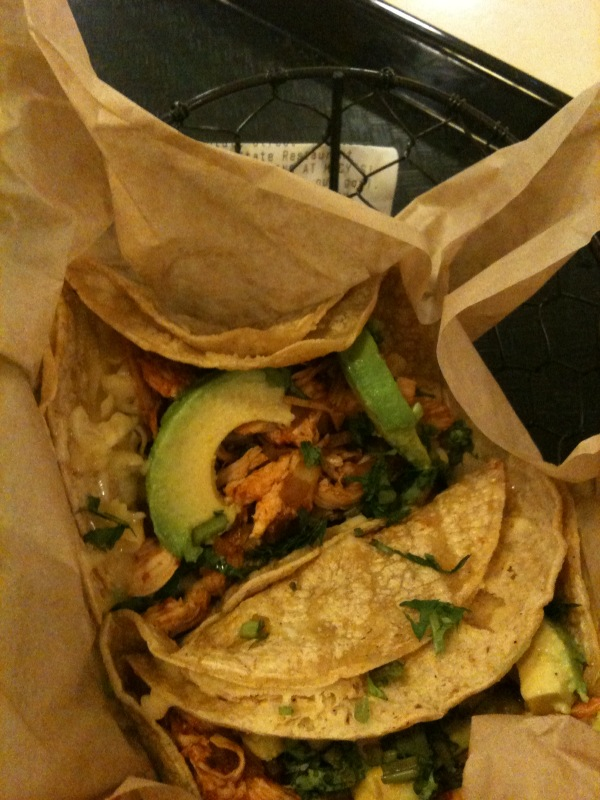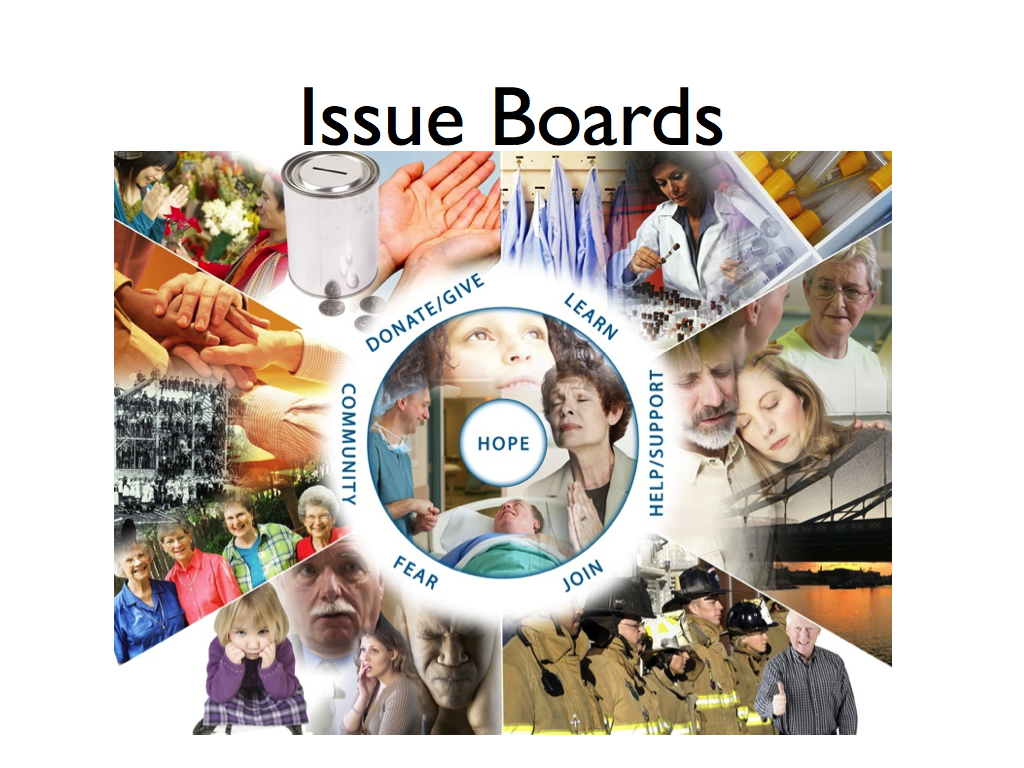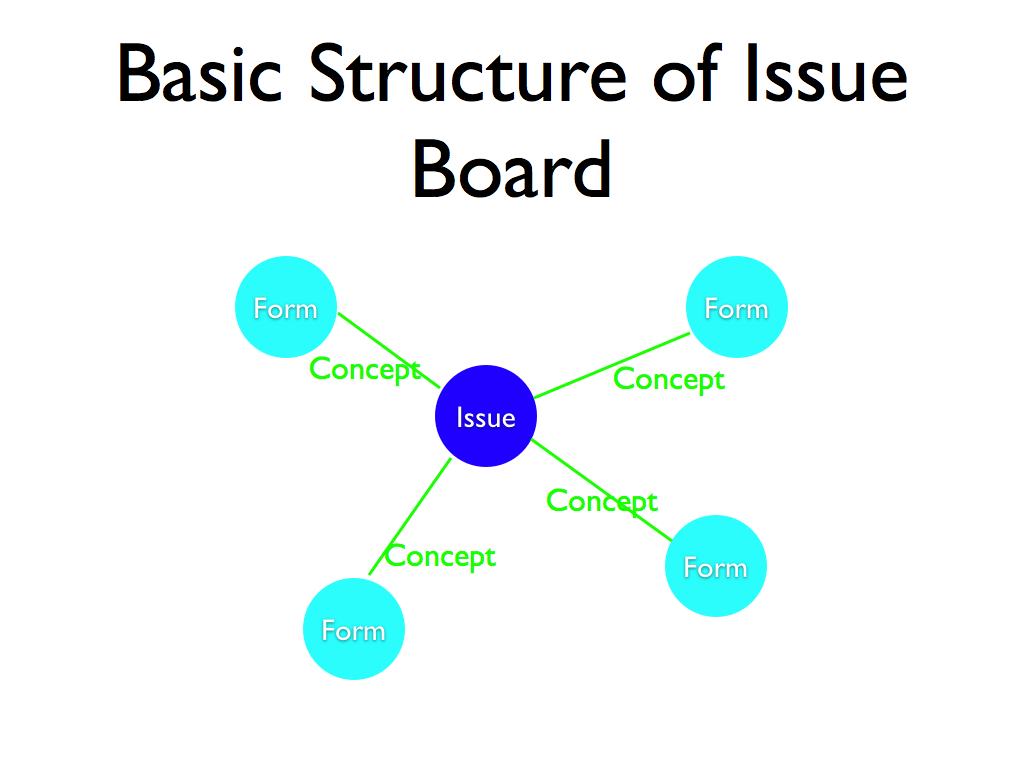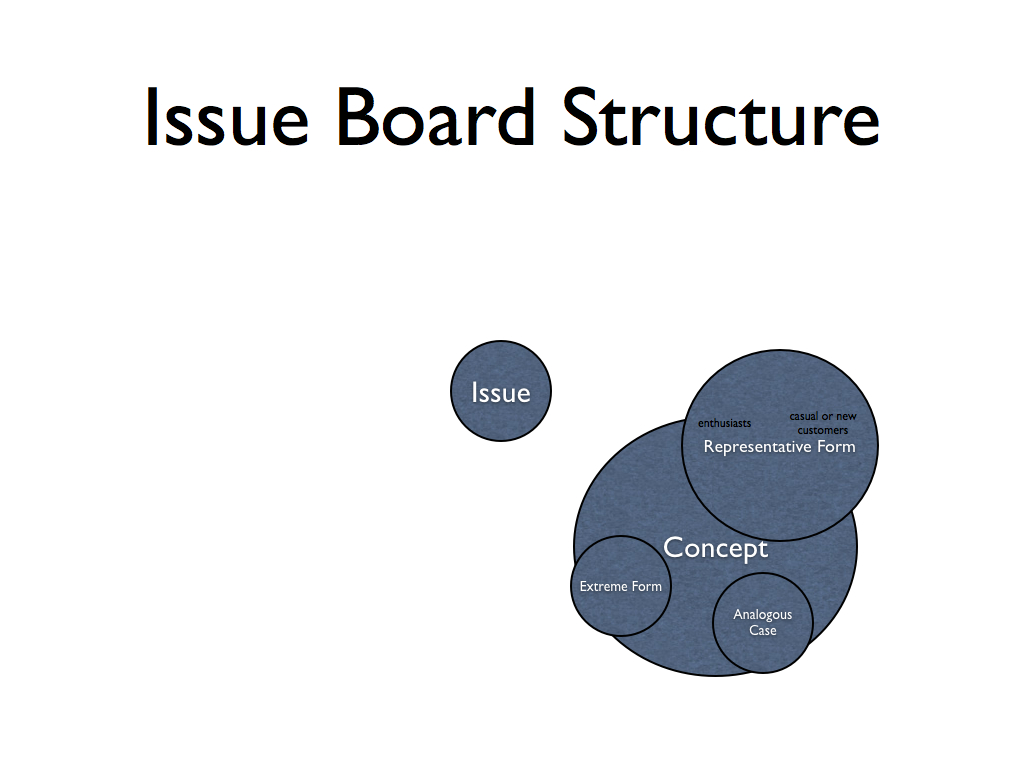I ate today at frontera fresca.
Order
Chipotle Chicken with grilled red onion. – Soft on the outside, crispy inner cruch. Frontera taco sauce, chihuahua cheese, avocado and fresh lime
Agua Fresca – Classic Lime Drink.
How it tasted
The tacos were good. The chipotle flavor was perfect. Hot and you could feel it bite your lips as the red sauce dripped off of the tacos. Be careful if you are wearing a white shirt! Just like traditional tacos in Mexico, there are two soft tortillas for each taco. But I noticed something new/strange/delicious though I am not sure if it is accident with my tacos this time or if it was intentional. Between the two tortillas there was a little bit of cheese. It was almost like wrapping a quesadilla around a taco, but not like what you get in Taco Bell because there was just a tiny bit of cheese. When I get the next tacos I will check again to see if this is an accident. The chicken was shredded, but not too much.
The lime agua fresca was good when I finally got to it. I was chowing so much on the tacos. The drink was very clear, not pulp at all. But it tasted a little too sweet.




